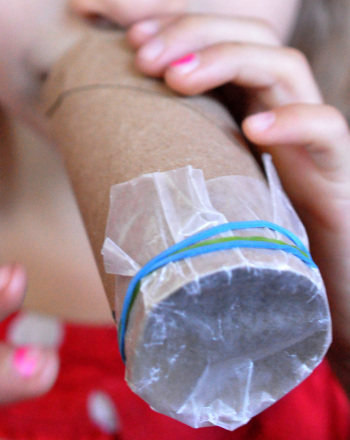Science project
Magnet Science Fair Project: How to Measure the Strength of a Magnet
Get your motors ready—we’re heading out on the magnetic racetrack. Learn how to measure the strength of a magnet with a ruler, some graph paper, and a toy car in this cool magnet science fair project.
Problem:
Can a toy car measure magnet strength?
Materials
- Metric ruler
- Graph paper (4 squares per inch ruling is ideal)
- Tape
- Small, plastic toy car (not steel) with wheels that can turn freely. Avoid using a windup car for this reason.
- Small bar magnets (at least 4)
Procedure
- First, get your racetrack in order. Take a sheet of graph paper and tape it to your table.
- Place your ruler alongside your graph paper and line it up with the lines on the graph paper so you know what distance each line indicates (Depending on what graph paper you’re using, your sheet may be ruled in inches or centimeters. Check the ruling on your graph paper to make sure you’re using the appropriate units!)
- Take out one of the small magnets. The magnet should be the same size or smaller than the toy car. Tape it to the top of the car.
- Now, put your car on the track. Set the car at the end of the ruler so that the front-facing end of the magnet is lined up with 0.
- Check your magnets. What end of the magnet makes the car move forward? Make sure that this end is facing the car, and place your other magnet at the other end of the ruler.

- It’s time to create a hypothesis. How close does the magnet need to get to the car before the two magnets start to work together to pull the car along?
- Start your engines! Slowly start to move the magnet along the track, stopping every centimeter. Is the car moving yet? Note how far you had to move the magnet before the car moves. Do this four times, resetting the position of your car and your magnet each time. Record your results for each trial.
- Now, stick two of your magnets together.
- Repeat steps 5-7 with your compound magnet. What happens? Does the car move earlier? Later?
- Continue to add magnets to your pile, starting a new set of trials each time you add a magnet. Remember to put the car back at the beginning each time!
- When you’re done, take the average of the four results from each set of trials (take the sum of all 4 numbers and divide by 4). This will give you the usual distance that it took for the car to start moving.
Results
In this experiment, the results will depend on the weight of your car and magnet and the strength of the magnet. The more magnets you pile up at the end of the track, the farther away they will be when the car starts to move.
Why?
Magnets are amazing! Even though you can’t see anything pushing or pulling, a magnet can help objects move. When one magnet’s north end (pole) is facing another magnet’s south pole, the magnets will move together. When the same poles face each other, the magnets will push away. Magnets have invisible magnetic fields produced by the movement of electrical charges. You can’t see the magnetic field, but you can see the results. The pull between the north and south poles of a magnet is what makes your toy car move. Adding more magnets makes the pull stronger.
What could change the results of this experiment?
Different toy cars weigh different amounts. Different magnets also weigh different amounts. When you attach the magnet to the car, you’re making the car heavier. It takes more magnetic force to move a heavier car.
Also, some cars have wheels that move more easily than others. They have less friction between the wheels and the rest of the car. Friction occurs when one object rubs against another, slowing it down.
The power of your magnet will also change your experiment. When you put more than one magnet on top of each other, you discovered that more magnets are stronger than one magnet. Some magnets are small but very powerful. Rare earth magnets may move the car when they’re quite far away from it. Toy magnets are less powerful.
What other things might change the results of your experiment? Try this experiment with different cars and different magnets, and see what happens. What combination is easiest to move? Which one is the hardest?
Education.com provides the Science Fair Project Ideas for informational purposes only. Education.com does not make any guarantee or representation regarding the Science Fair Project Ideas and is not responsible or liable for any loss or damage, directly or indirectly, caused by your use of such information. By accessing the Science Fair Project Ideas, you waive and renounce any claims against Education.com that arise thereof. In addition, your access to Education.com's website and Science Fair Project Ideas is covered by Education.com's Privacy Policy and site Terms of Use, which include limitations on Education.com's liability.
Warning is hereby given that not all Project Ideas are appropriate for all individuals or in all circumstances. Implementation of any Science Project Idea should be undertaken only in appropriate settings and with appropriate parental or other supervision. Reading and following the safety precautions of all materials used in a project is the sole responsibility of each individual. For further information, consult your state's handbook of Science Safety.












